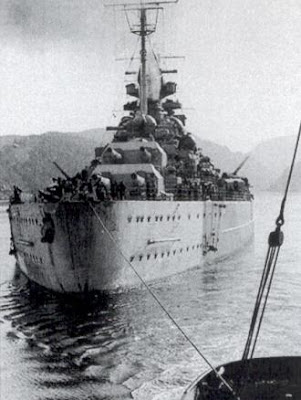The Type VIIC U-boat was an upgraded variant of the German Type VII submarine. It was commissioned in the mid 1940 and it saw combat action in the waters of the North Atlantic, the Mediterranean and the North Sea, during WW2. This version included 570 submarines, which were in service between 1940 and 1945. Many of them were sunk by British destroyers during the Battle of the Atlantic from 1942 onward.
The Type VIIC U-boat was a very reliable and efficient submarine. However, its range was not as good as other German underwater vessels. Thus, it had to depend heavily on the German naval bases on the French and Spanish coasts for refitting, especially the one at Brest. Compared with other U-boats of its type, the VIIC had a more powerful sonar as well as mechanical improvement. This is the reason, it was longer and heavier than the previous ones.
Specifications
Type: attack submarine
Length: 67.1 m.
Beam: 6.2 m overall; 4.7 m pressure hull.
Displacement: 1,070 tons (submerged).
Draft: 4.74 m.
Power Plant: two 6-cylinder, four-stroke diesel engines, generating 3,200 HP.
Speed: 17.7 knots on surface; 7.6 knots (underwater).
Range: 8,500 miles.
Crew: 52 sailors and officers
Armament: five 533mm torpedo tubes, with fourteen torpedoes; one 88mm naval gun, with 220 rounds.
Below, a Type VIIC submarine, the U-203, arriving at Brest, France, in July 1942.
The conning tower of this U-boat.
Below, the Type VIIC at the shipyard, before being launched.







































